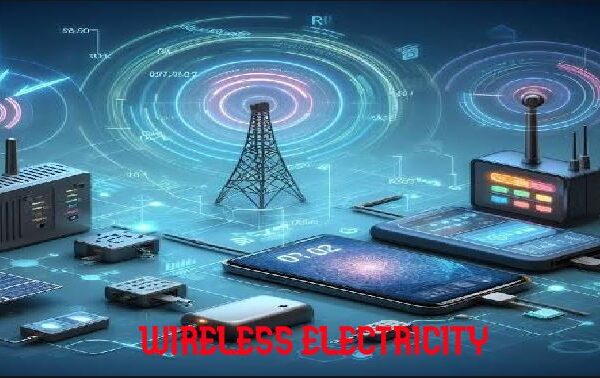Today we make use of mineral oil or natural gas as a fuel. In the next century, mineral oil and natural gas resources will get exhausted. Hence, scientists are trying their best to find an alternative to fossil fuels. In the centuries to come, hydrogen gas will replace petroleum products. Its complete combustion is workable within a short time. Only water vapor forms as a side product.
This fuel is, therefore, an eco-friendly alternative to fossil fuel.
But, the main challenge is that it is a secondary fuel. Hydrogen is not available in the free state.
Second, it is costly to get hydrogen from water or other sources.
Thus, scientists are working their best to get hydrogen by splitting water molecules.
Let us now examine the methods of producing hydrogen.
Hydrogen from petroleum products or natural gas
CH4 (g) + 2H2O (l) → 4H2 (g) + CO2(g)
Petroleum products and natural gas are also decreasing day by day. Therefore, getting hydrogen gas from these resources is also not workable.
Hydrogen from water
Water is available in plenty. Hence, we may get hydrogen by electrolysis of water. But, this again consumes electricity with much more power.
Electrolysis of water containing about 20% KOH (Potassium hydroxide) produces hydrogen and oxygen. As a result, hydrogen evolves at the cathode and oxygen at the anode.
Cathode: ( Pt electrode)
K+ + e– → K
2K + 2H2O → 2KOH + H2(g)↑
Anode:
OH– → OH + e–
4OH– → 2H2O + O2(g)↑
This method of production of hydrogen is very costly. Hence, the input is greater than the output. So, this is not at all practical way.
Thermal degradation
In this method, they heat water vapor to a very high temperature (50000C). Thus, the water dissociates into hydrogen and oxygen. But this process also uses a large amount of energy. Hence, it is not a practical way to produce hydrogen.
Photobiological technology
Scientists are continuously working to find workable methods. Thus, research reports say that some microorganisms (Cyanobacteria) convert water into hydrogen. Such a reaction occurs in the presence of sunlight. But, such research is in its infant stage.
Let us hope that photobiological production technology develops and we get the fuel free of cost.
Strontium titanate- SrTiO3 as water splitter
Have you ever imagined a ‘hole’ comprising a positive charge and engulfing oxygen from water molecules? If this happens, the remaining two hydrogen atoms recombine and form hydrogen.
Thus, this hydrogen may be of use in energy harvesting. The hydrogen fuel cell technology will give us an enormous amount of energy.
We may imagine all vehicles using hydrogen as fuel. Thus, it will provide clean energy with zero pollution levels.
Strontium titanate- SrTiO3 may act as a water splitter. This substance, in the presence of sunlight, produces electrons and holes.
The electrons capture hydrogen ions. The holes react with oxygen. Hydrogen ions now combine to form hydrogen.
But, many hurdles are required to overcome. But, surely hydrogen will be the energy currency of the future.
Read more about this topic at https://www.nature.com/articles/440295a






